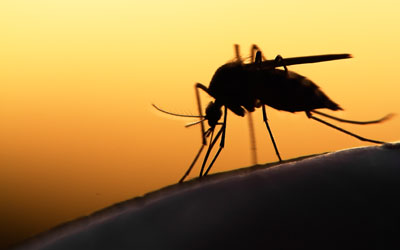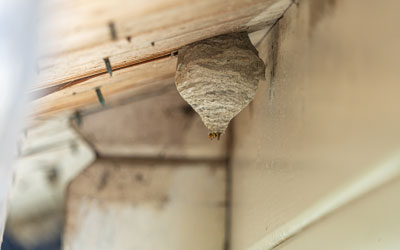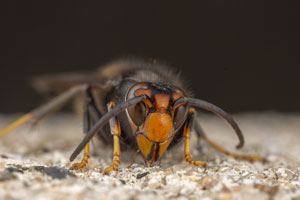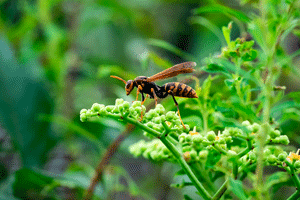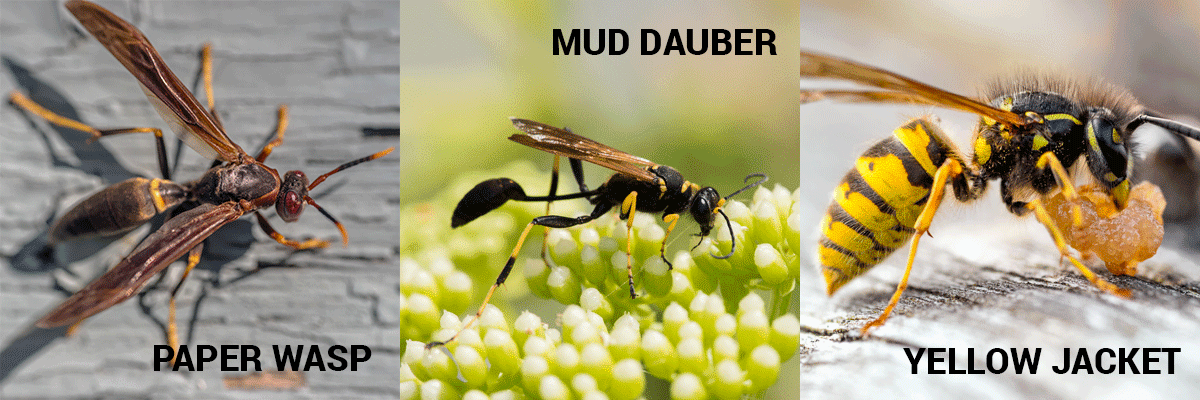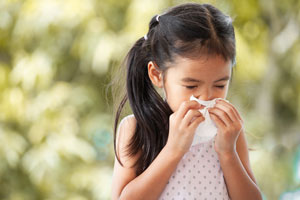Spring in El Paso is such a beautiful time of year. As the weather warms and you want to get outside and plan your family events, keep a look out for spring pests that swarm! As the flowers and trees start to bloom all around our beautiful state, don’t let insects send you right back indoors.
What is a Swarm?
A swarm is a large group of winged insects that come together for reproduction. Swarms usually take place outdoors on warm, quiet days. However, if one occurs near your home, the pests may establish themselves on your property. Discovering a swarm can be concerning, but a professional can help you get rid of the insects before they have a chance to infest your home.
A variety of insects start to swarm during springtime, including:
Termites
Termites are a homeowner’s worst nightmare. To identify whether a bug is a termite or not, look at its wings and antennae. Termite antennae are straight, and wings are all shaped the same. You can also keep an eye out for these signs of a termite infestation:
- Damaged wood
- Piles of frass
- Mud tubes along walls
- Droppings
- Live or dead insects
Although termites are not toxic, they are capable of causing thousands of dollars worth in damage to wooden structures. Once you identify that you have termites, you will need the help of a professional exterminator. Taking care of a termite infestation is a time-sensitive situation. Every minute the infestation continues, the more they can cost you!
Ants
Spring is when ants thrive. With the weather warming up, these pests come out of hiding and start swarming to reproduce and grow or establish a colony. After breeding, they begin hunting for food. Unfortunately, that often draws them right into our kitchens. Infestations can be difficult to deal with once they take root, but there are some ways you can prevent ants from invading your home:
- Regularly wiping down countertops
- Sweeping your kitchen floor
- Storing food in airtight containers
- Keeping your landscaping tidy
- Repairing broken window screens
Though most ants are simply unpleasant to encounter, some are also capable of causing extensive property damage. Carpenter ants are one of the most common ant species to swarm in the spring, and they prefer to build nests inside of wooden structures. Similar to a termite infestation, it’s crucial to call a professional if you notice signs of carpenter ants on your property.
Bees
Honey bees are banded orange-yellow and brown to black in color with a round, fuzzy body. These beneficial insects typically swarm when the colony gets too large or moves to a new hive. Though bees aren’t generally aggressive, they can be concerning – especially if you have allergies, pets, or small children. Contact your local pest control professional if you are worried about bees on or near your property, and follow these steps to protect yourself from potential stings:
- Clean up thoroughly after eating outdoors
- Store your outdoor trash in lidded bins
- Remove sources of standing water near your home
- Repair broken door or window screens
- Never approach the swarm or nest
Wasps
Wasps are notoriously aggressive, so a swarm on your property can be a real problem. Most wasps are black with white, orange, or yellow markings and a hairless body. Their most defining trait is a thin pinched waist and sharp body shape. In the warmer months, the queen will come out of hibernation and begin looking for food. Here are some ways you can deter wasps from invading your space:
- Keep pet food bowls clean and empty when not in use
- Seal any cracks, holes, or crevices that may lead into your home
- Regularly check the eves of your roof for signs of a nest
- Clean up outdoor food scraps or trash
- Never approach the swarm or nest
Professional Pest Control in West Texas
At Pest Defense Solutions – El Paso, our team works quickly and efficiently to provide you with the pest-free living our services guarantee. As the top-rated pest control and extermination company for years, you can trust us with all of your pest control needs. Our highly trained and certified technicians will craft personalized solutions geared toward long-term results. Call us for a free quote.



